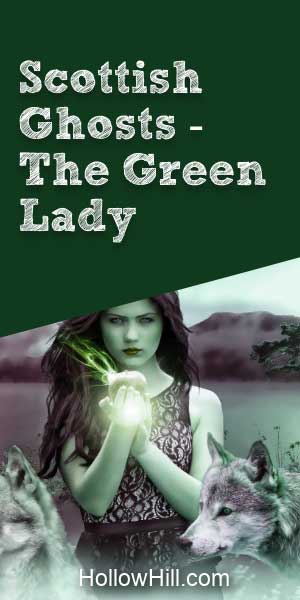 The ‘Green Lady’ of Scotland is either beautiful and protective, or a blood-sucking demon.
The ‘Green Lady’ of Scotland is either beautiful and protective, or a blood-sucking demon.
It all depends upon where you hear the story, and who is telling it.
In the Highlands, the macabre is ever-present in both ghost stories and faerie lore. Many Highland tales speak of a determined (and usually protective) Green Lady.
A similarly styled demonic entity is generally considered a Green Woman.
The two are different, but often confused in stories. That’s what challenges us as researchers, when we’re following the trail of the good (or evil) women dressed in green.
I believe that the Green Lady is benevolent spirit who visits her former home by choice, but the darker imagery comes from a something that is not a ghost.
However, if we combine the stories, the Green Lady may be similar to the Irish Banshee, because she is neither human nor ghost.
A Typical Green Lady
Many stories describe the Green Lady as a mortal woman. She’s under an enchantment, or has already entered the faerie world.
Whatever her nature, the Green Lady’s appearance is lovely. She is a lovely young woman, with long golden hair. She wears a green gown that reaches the ground.
She’s usually associated with water.
For example, there are stories of a beautiful woman arriving at a cottage, dripping wet.
She asks if she can enter the home to warm herself and dry her clothing.
If welcomed, she stays for awhile.. and then she vanishes.
From then on, she’s home’s own Green Lady.
The Green Lady as a Protector

Each Green Lady protects a particular house, and the family in it.
If the family moves, the Green Lady remains in the house and protects the next family to move in.
That’s what makes the Green Lady different from a Banshee, which follows and protects a particular family.
The Green Lady can be helpful to farmers. There are many stories of a Green Lady taking care of cattle, herding them into the barn when a storm was coming, or when enemies were nearby.
There is a rare, male counterpart to the Green Lady, but he’s not the “Green Man” of Celtic forest legends.
The male version of the Green Lady is a slender, handsome young man who wears red and green. (Sort of like Robin Hood.) He also protects the house, the family that lives there, and its cattle.
Because she has long hair, the Green Lady is usually called a Gruagach. It’s a category of brownie-type spirits of the Scottish Highlands.
(The word “brownie,” means these are generally good spirits, although they sometimes enjoy a practical joke. Any mischief they cause is minor compared with the good that they do.)
In Skye, where Gruagachs are usually male, there is a tradition called a “gruagach stone.” This is a stone with a small hole or depression in it.
Every night, the family sets out its gruagach stone and leaves a bit of milk in it. This is to thank the home’s own Gruagach for help.
]A small amount of milk, fresh cream, cake, or bread is acceptable. Anything larger will insult the Gruagach.
Green Ladies Can Be Anywhere
Like banshees, Green Lady ghosts are seen worldwide. Usually, they have Scottish ancestry. (In the United States, one of the most famous “green lady ghosts” is Ocean-Born Mary.)
So, when I hear about the ghost of a woman in a gown, the first question I ask is, “What color was her gown?”
If it’s green, I know that she’s probably spirit that’s protecting the house.
Read Next: Scottish ghosts – Where to find a ‘Green Lady‘, with links to places you might see one.

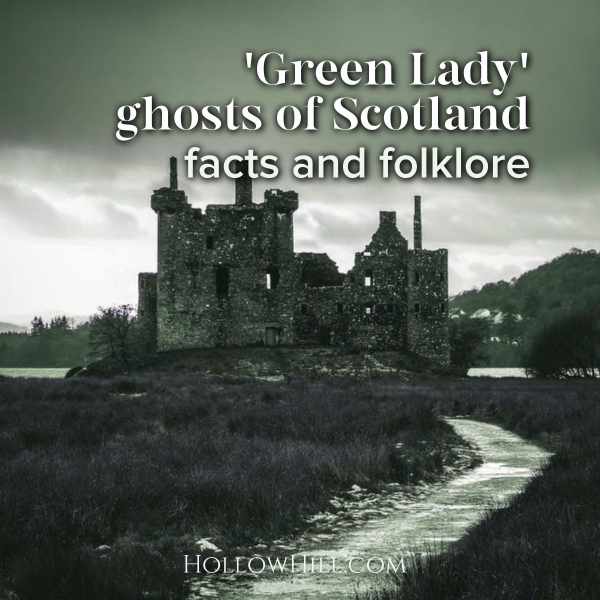
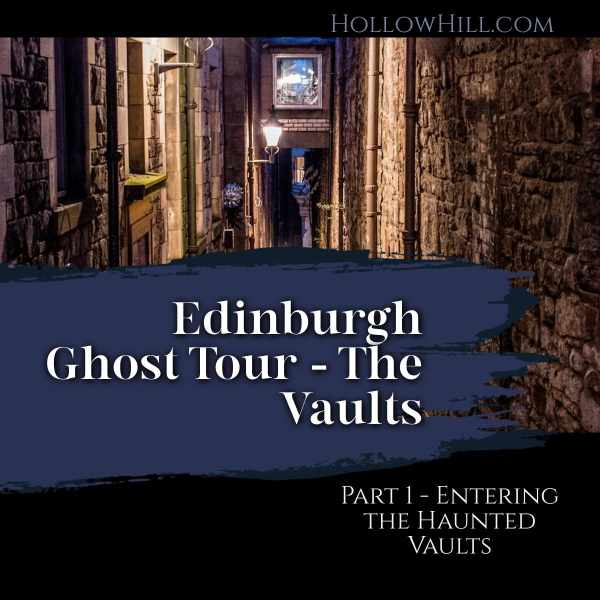
 The ghost of a murdered little girl haunts Edinburgh’s underground vaults and passageways.
The ghost of a murdered little girl haunts Edinburgh’s underground vaults and passageways.
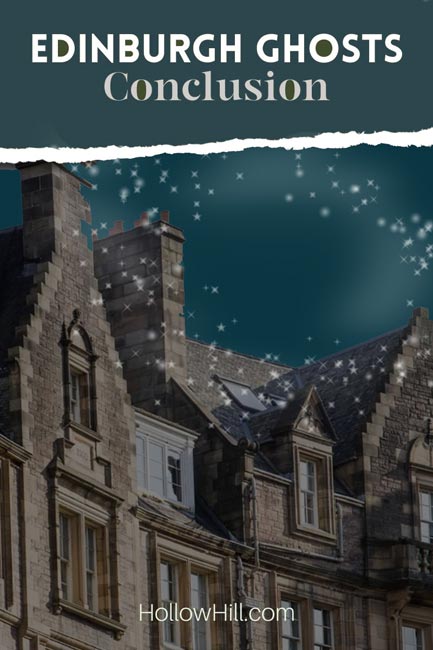 The rest of our return tour of the Edinburgh underground was troubling, so much that I did not keep notes at the time.
The rest of our return tour of the Edinburgh underground was troubling, so much that I did not keep notes at the time.
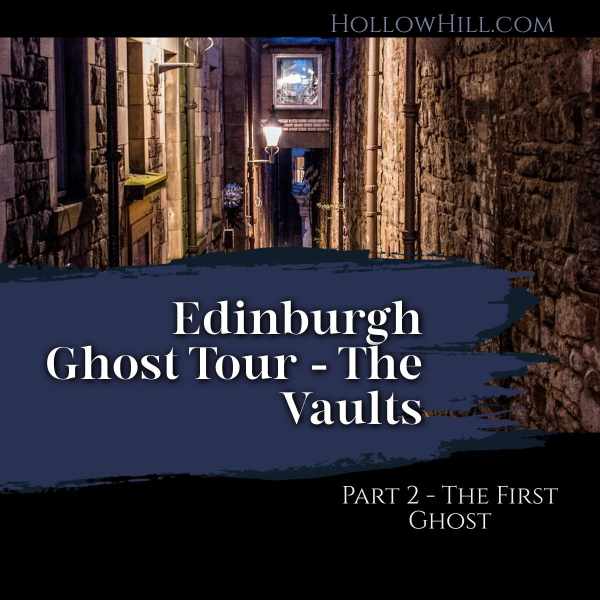


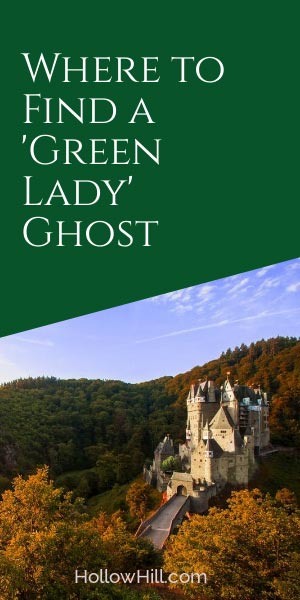 One of the most famous is the Green Lady of Skipness Castle, by Loch Fyne. She has protected her home and the family in it for centuries. Several times, she created a supernatural confusion among enemies who’d planned to attack the castle. After they left Skipness, their wits returned, but as they marched back towards the Castle, they became confused again.
One of the most famous is the Green Lady of Skipness Castle, by Loch Fyne. She has protected her home and the family in it for centuries. Several times, she created a supernatural confusion among enemies who’d planned to attack the castle. After they left Skipness, their wits returned, but as they marched back towards the Castle, they became confused again.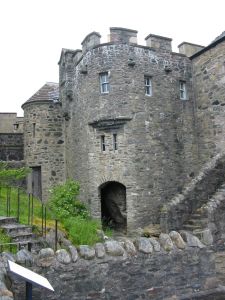
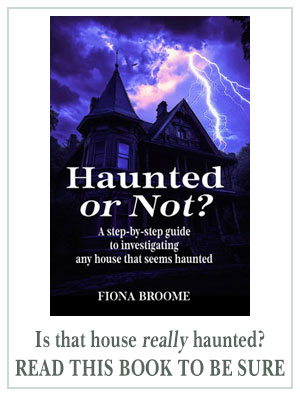
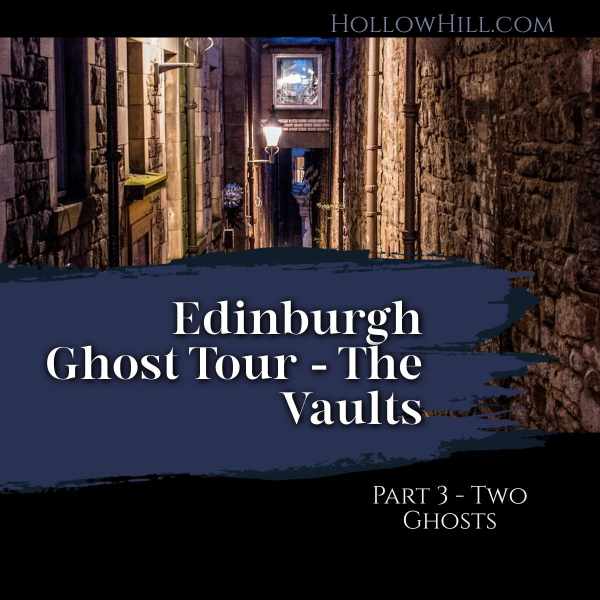
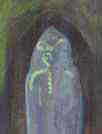 I sensed a ghost who was there to be a ghost. In other words, this person knew that he was dead, knew he was a ghost, and was making the most of it. It’s as if he was dedicated to being a ghost. I could “see” someone’s outline with a tricorn-type brimmed hat and rather wide shoulders, but otherwise draped in sparkling sheet-like material. It seemed tacky and cliched, to me.
I sensed a ghost who was there to be a ghost. In other words, this person knew that he was dead, knew he was a ghost, and was making the most of it. It’s as if he was dedicated to being a ghost. I could “see” someone’s outline with a tricorn-type brimmed hat and rather wide shoulders, but otherwise draped in sparkling sheet-like material. It seemed tacky and cliched, to me.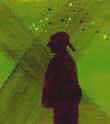 Soon, I could almost see him as he must have looked in life: Like Stanley Holloway (but shorter), from My Fair Lady, including the leather apron, sooty face, and a funny hat with a large brim that extended slightly down his back. He had a Stanley-Holloway type nose, too.
Soon, I could almost see him as he must have looked in life: Like Stanley Holloway (but shorter), from My Fair Lady, including the leather apron, sooty face, and a funny hat with a large brim that extended slightly down his back. He had a Stanley-Holloway type nose, too.